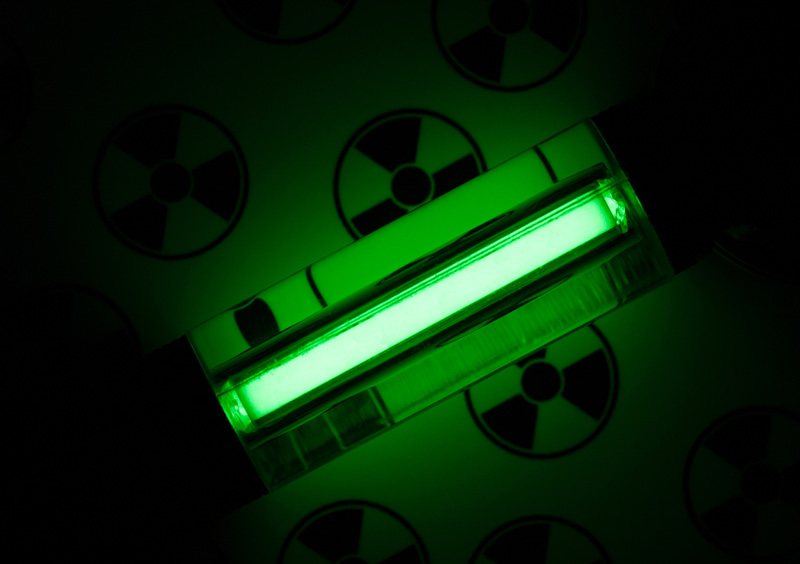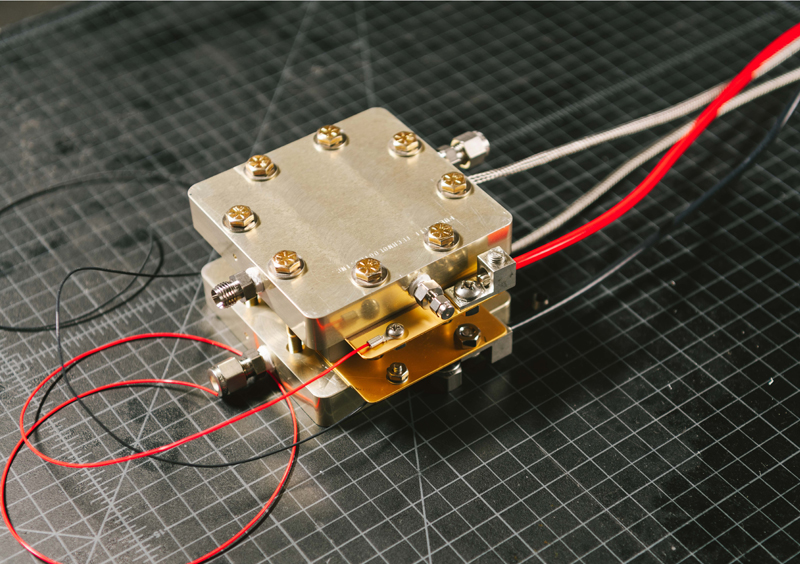As the demand for energy increases, nuclear fusion has the potential to offer emission-free, abundant energy. But the limited availability and high cost of tritium, a version of hydrogen used to initiate fusion reactions, presents a barrier to the technology’s success. A Los Alamos team is investigating an accelerator-driven system that uses molten-salt technology to produce a supply of commercial tritium from nuclear waste.
“Despite the value tritium holds for the nation’s energy interests, tritium for commercial purposes is simply not produced domestically,” said Terence Tarnowsky, Los Alamos physicist and leader of the tritium production project. “The system we’re proposing could very usefully upcycle nuclear waste in a commercial tritium mission that helps on-ramp the fusion economy.”
Tarnowsky is employing modeling and simulation to understand the design, development, performance requirements and cost of an accelerator-driven system using molten-salt technology. Such a system is potentially versatile enough to work with unique fuel types, including the thousands of tons of used nuclear fuel potentially available from commercial nuclear power plants.
Replenishing supply of a nonrenewable resource
Tarnowsky’s initial estimates suggest that a 2-gigawatt deuterium-tritium fusion energy plant, a system that generates energy via fusion initiated with deuterium-tritium fuel, will require 112 kilograms of tritium per year. But less than approximately 25 kilograms of tritium are known to currently exist on the planet, with the majority of it existing as the byproduct of nuclear reactors and not available commercially.
Tarnowsky’s concept turns the problem of used nuclear fuel — storage is expensive and presents a safety and proliferation concern — into an opportunity. Using computer simulations, Tarnowsky is evaluating potential tritium reactors that use a particle accelerator on used nuclear fuel to drive reactions that produce tritium. The beam from the particle accelerator would generate neutrons in the molten salt. These neutrons can be used to produce tritium from dissolved lithium. Tritium finds its use in a fusion reactor when it combines with deuterium to release tremendous amounts of energy while generating almost no waste.
The accelerator model offers versatility — it can be turned on and off — and does not involve chain reactions, a possible safety advantage over tritium produced via nuclear power plants. Advances in the technology mean that this concept, which has been considered in the past, is more efficient now.
Tarnowsky is building on his recent modeling by going on to evaluate the dollar cost for tritium production and the possibility of using molten lithium salt in the design. Surrounding the nuclear waste with molten lithium salt would provide cooling, make the radioactive material harder to extract, and contribute to the ability to track and safeguard inventory.
“Understanding how design impacts costs and other factors is integral to how we approach decision-making around energy,” Tarnowsky said. “Our modeling aims to show what designs offer the best mix of efficiency and cost effectiveness as we move toward potential implementation.”
Tarnowsky presented his research at the American Chemical Society’s National Meeting and Exposition in August.
LA-UR-25-28710




